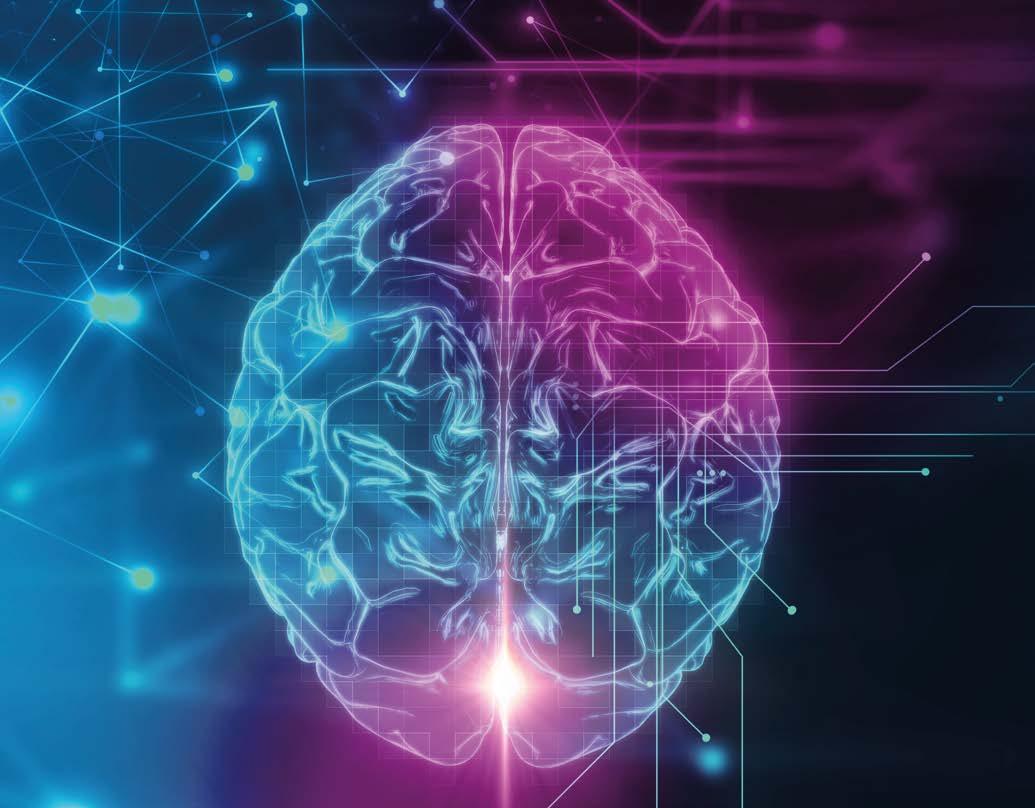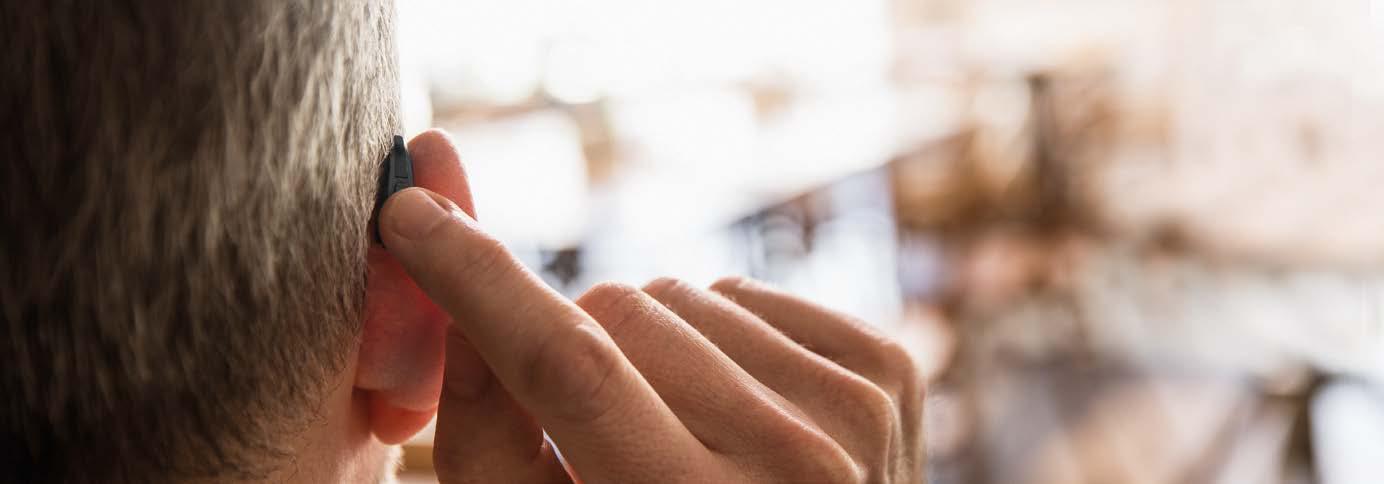
2 minute read
COCHLEAR SYNAPTOPATHY: A HIDDEN TYPE OF HEARING LOSS
Cochlear Synaptopathy:
A HIDDEN TYPE OF HEARING LOSS
In order to hear birdsong or your favourite tune, all of the structures of the ear—from the auricle to the auditory centres of the brain—need to be working properly. However, certain common factors can cause those structures to deteriorate. For instance, prolonged noise exposure in the workplace or during certain leisure activities can damage the cilia (sensory cells in the ear).
Until recently, it was believed that aging and noise exposure mainly caused hearing loss by damaging the cilia. However, recent research has shown that they can be responsible for another type of damage, as well. What’s more, that damage can’t be measured during a standard hearing assessment, but it can have a real impact on a person’s day-to-day life. It’s called “hidden hearing loss”, or cochlear synaptopathy.
What Is Cochlear Synaptopathy?
For sounds to be heard properly, they must first be able to pass through the structures of the ear to reach the cilia. Once they reach the cilia, the sounds are translated into an electrical signal (nerve impulse) and then transmitted to the auditory nerve through the nerve connections (synapses). It’s important to know that the cilia allow you to hear quiet sounds and that damage to those cells results in hearing loss that can be measured during a hearing assessment.
Cochlear synaptopathy, however, is caused by damage to the connections that link the cilia to the auditory nerve. If the cilia are relatively healthy, but their connections to the auditory nerve are damaged, a person can still experience hearing problems. Noise exposure and aging damage one type of connection in particular: the one responsible for transmitting medium- to high-volume sounds. This is why people with cochlear synaptopathy will report that they have trouble following a group conversation at a family dinner, for example. They’ll also have trouble understanding speech in noisy environments, like restaurants. Some individuals will also develop tinnitus (a ringing or buzzing in one or both ears, even when there is no outside sound). Even so, cochlear synaptopathy cannot be detected during a standard hearing assessment. In other words, patients with this condition will generally have normal hearing acuity despite reporting hearing loss.
What Can You Do About Cochlear Synaptopathy?
Unfortunately, there is no way to regenerate damaged nerve connections. Therefore, prevention remains the best strategy. It’s just one more reason to protect your ears properly when you’re exposed to loud noises!
That said, if you think you do have cochlear synaptopathy, the first step is to see an audiologist. They’ll be able to make recommendations to suit your individual situation.
Maryam Afandi
Audiologist practicing at the Aylmer and Hull Lobe clinics










